Visually Lossless Coding with JPEG-LS
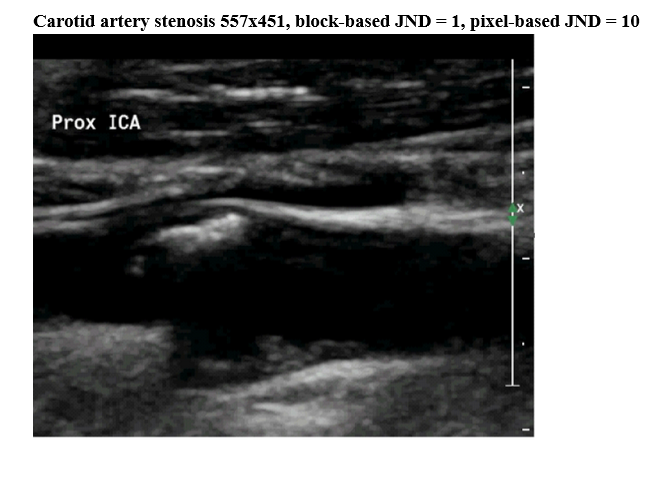
Most of coding effective methods are lossy (i.e. with a leakage of information mainly in the quantization process). However, if visual distortions are smaller than JND (Just-noticeable distortion), they are invisible by Human Vision System (HVS). JPEG-LS supports the special near-lossless mode, i.e. distortions errors are allowed but they must be below a predefined threshold. […]
VMAF Calculation
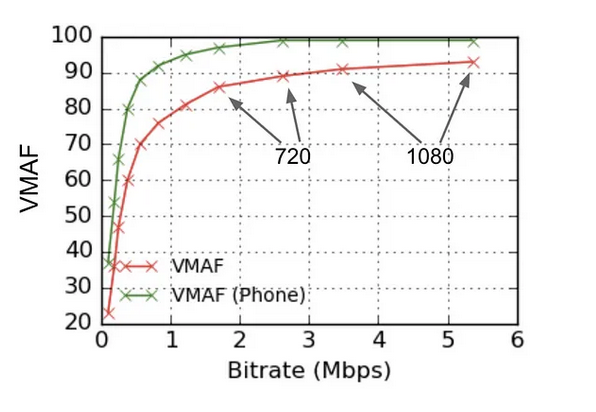
The stand-alone VMAF calculation source code can be cloned: git clone https://github.com/Netflix/vmaf.git Building in Windows of the VMAF stand-alone program (vmafossexec.exe) is a nightmare, therefore i added already compiled for Windows vmafossexec.exe plus models (vmaf_4k_v0.6.1.pkl and vmaf_4k_v0.6.1.pkl.model) here. Example [compute VMAF scores for 1080p video using the model 4k_v0.6.1]: vmafossexec.exe yuv420p 1920 1080 ref.yuv […]
On VBV Buffer Size
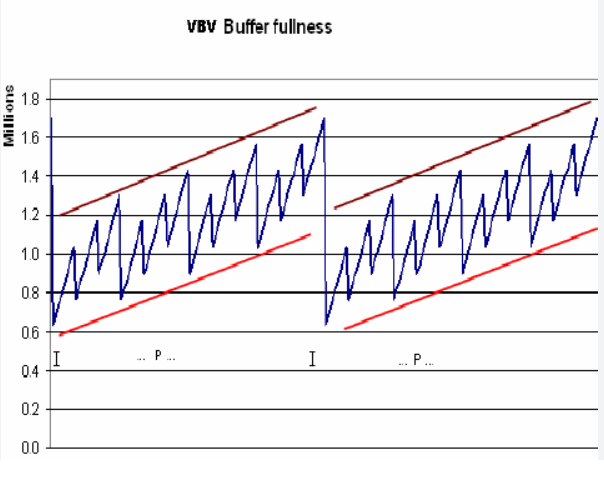
Many codecs contains a special parameter ‘VBV size’ (in x264 and x265 VBV-size is specified by ‘-buffer’). VBV-size has a serious impact in case for ultra-low latency applications (e.g. Cloud Gaming). The VBV buffer is a virtual buffer controlled by Rate Control to amortize bitrate fluctuations and not to overwhelm a decoder. In ultra-low latency […]
Visually Lossless Coding by Near-lossless JPEG-LS Encoder
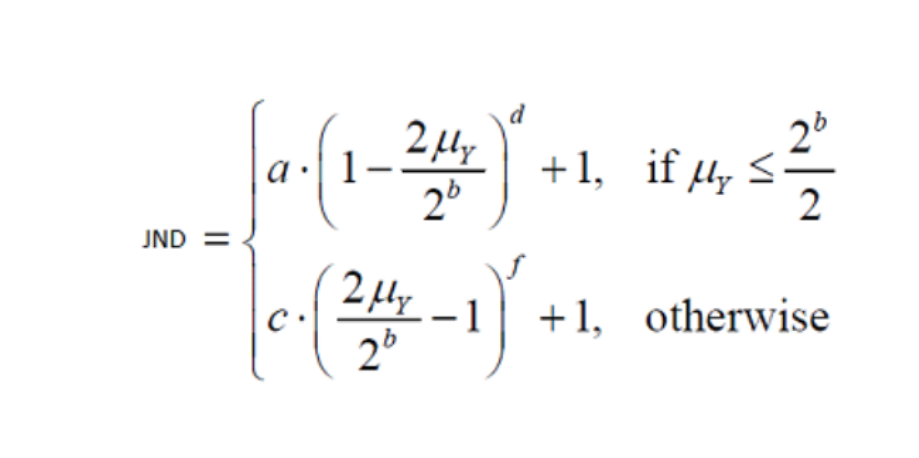
Abstract In medical imaging lossless coding is commonly used to avoid the risk of misinterpretation. However, some visual distortions are invisible by Human Vision System (HVS) if errors are below Just Noticeable Distortions (JND). Actually JND refers to the maximum distortion that the human visual system (HVS) cannot perceive. JND depends on many factors like […]
JND-based Quantization to Get Visually Lossless Coding

The Just Noticeable Distortion (JND) model is a curve which is determined by means of subjective experiments, where random noise is added to a flat image (i.e. all pixels are at a given intensity value ‘v’). The noise is gradually added and for each step in noise intensity level observers are asked whether the noise […]
Free Lossless Image Format (FLIF)
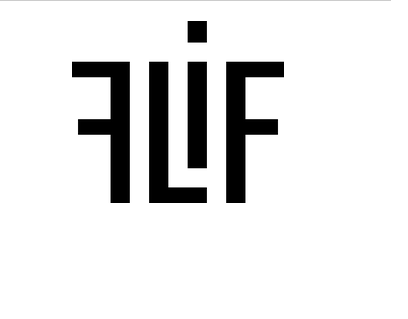
FLIF is a patent-free open source image encoder which outperforms WebP, JPEG2000, JPEG-XR, BPG image codecs. FLIF’s homepage with results of comparison is here; FLIF’s codes are here. To compile FLIF codec in Windows the following operation are required: Get FLIF reference codes: git clone https://github.com/FLIF-hub/FLIF.git Open the command prompt and go to […]
Block Flatness

Block flatness score (BF), which is specified as the ratio of absolute magnitude of DC to the sum of absolute values of transform coefficients, is sometimes used in CU partition decision methods, e.g. refer to the paper “Fast Intra CU Size Decision for HEVC Based on Machine Learning“, by Meng Wang, et al, 2018. To […]
Simple Wavelet Coder
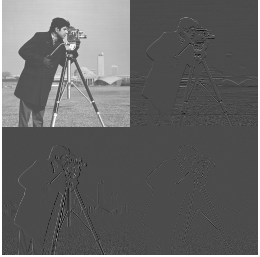
Python has a particular package ‘PyWavelets‘ for wavelet coding. To install this package merely type: ‘pip install pywavelets‘ This package contains dozens methods of wavelet coding, denoising with wavelets (for details pls. see official reference ) Simple Python script WaveletCoder.py to encode still images (regardless to the input format, any format is converted to grayscale, […]
WebP2 Image Coding Format
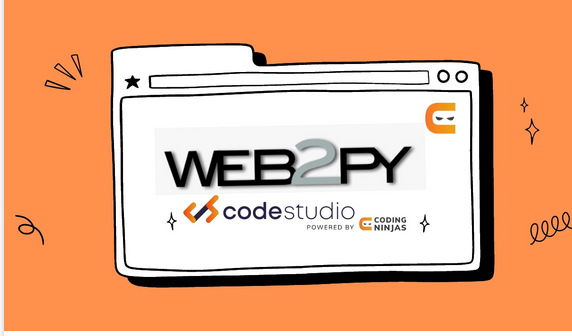
WebP2 is a successor of WebP, it’s reported that WebP2 enables to reduce the bit-size by 30% without compromising visual quality. Getting and Compilation of WebP2 Codec (in Windows) Sources of WebP2 (encoder and decoder, plus various utilities) git clone https://chromium.googlesource.com/codecs/libwebp2 Upon cloning WepB2 you should perform the following steps: 1) go to the directory […]
On Optimal Number of Intra Prediction Modes
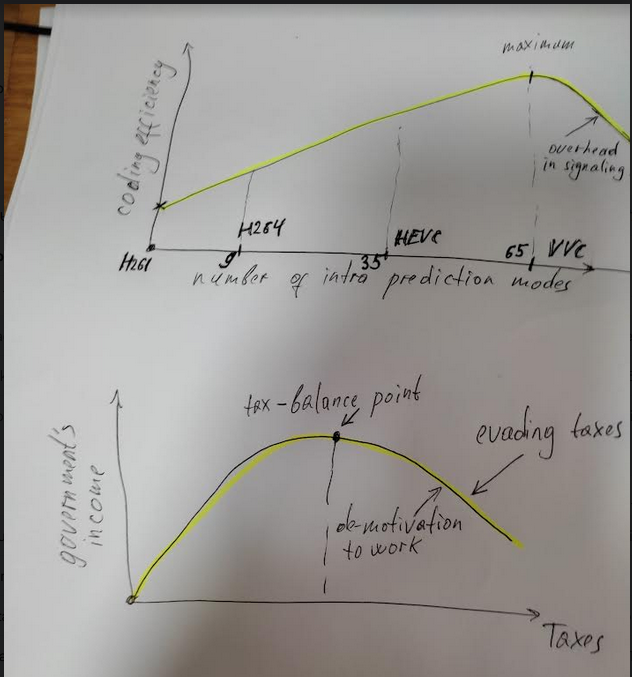
Intra prediction modes are tailored to exploit spatial redundancy. There is a tendency to increase the number of intra-prediction modes for each new video standard. Number of intra-prediction modes per video standard: H261 0 H264/AVC 9 H265/HEVC 35 H266/VVC ~65 I think in the context of coding […]
